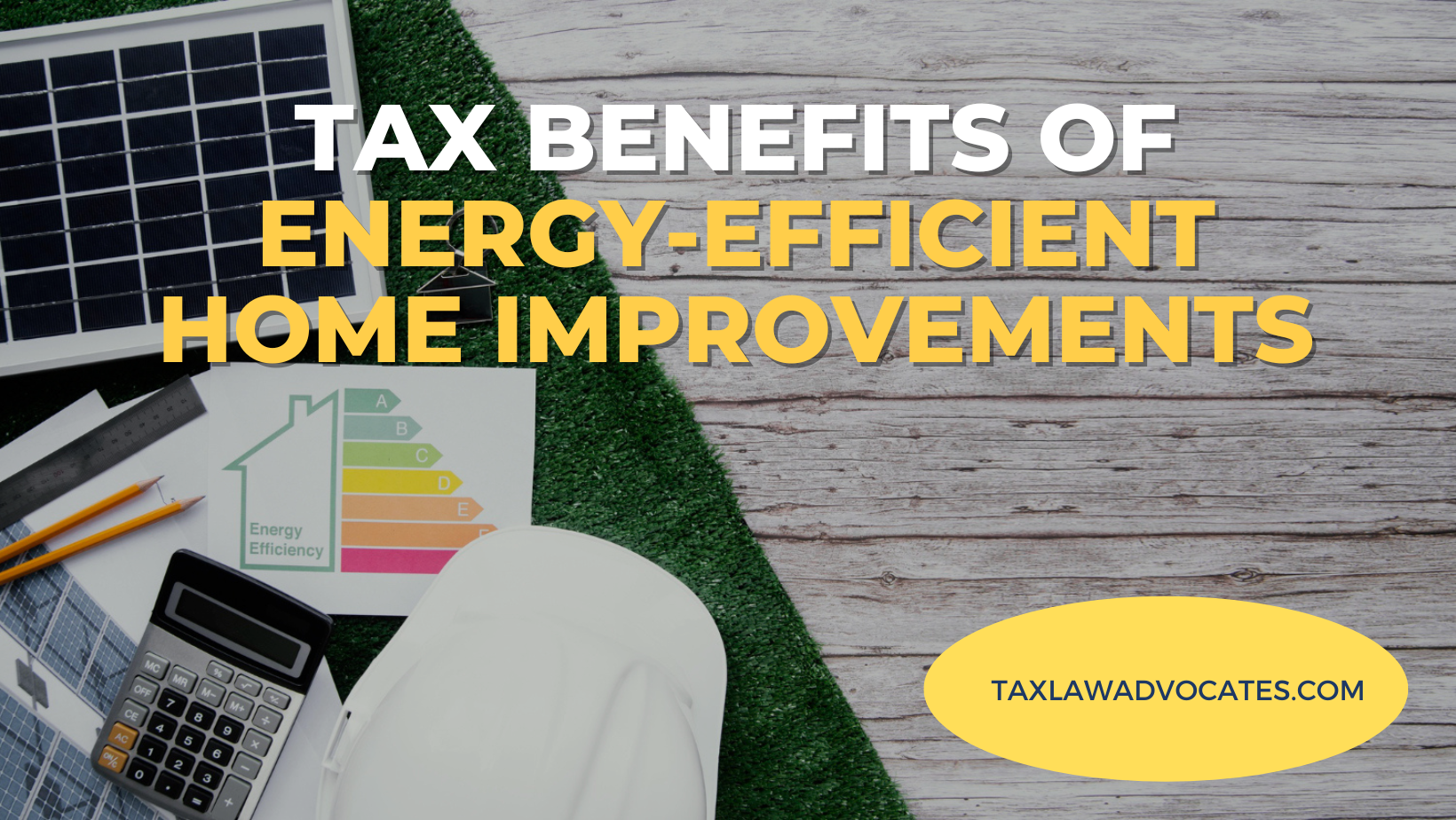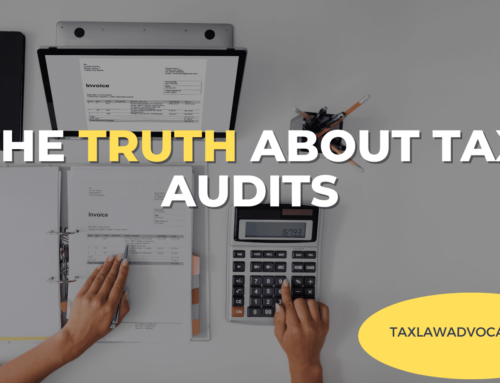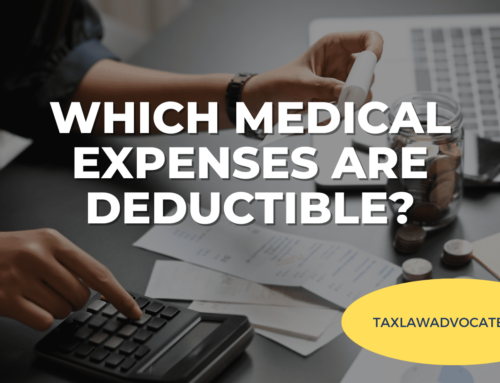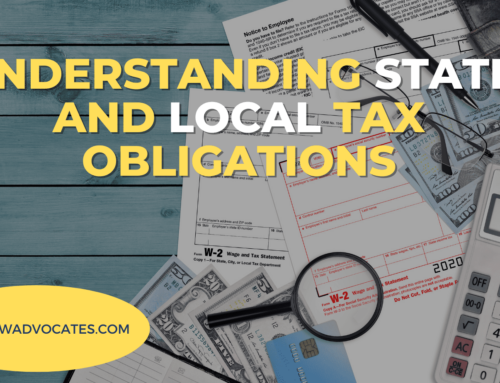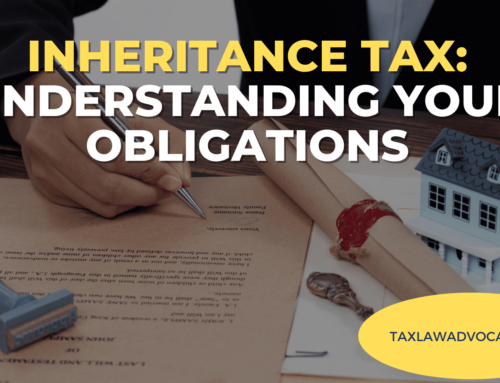Homeownership brings with it a sense of pride and a series of responsibilities. Beyond the regular maintenance tasks, it’s essential to consider the energy efficiency of your property. Not only does this contribute to a healthier planet, but it can also be financially rewarding, thanks to tax credits and incentives. In this comprehensive guide, we’ll explore the tax benefits associated with energy-efficient home improvements, shedding light on how you can make your abode more environmentally friendly while putting some money back in your pocket.
Understanding the Basics: Tax Credits for Energy Efficiency
As of January 1, 2023, homeowners undertaking qualified energy-efficient improvements can benefit from a tax credit of up to $3,200. This credit, applicable until 2032, encompasses many enhancements, including solar panels, energy-efficient appliances, and even home energy audits. It’s a significant incentive to promote sustainable living and reduce residential properties’ carbon footprint.
For projects initiated in 2022 or earlier, you would have used previous versions of Form 5695. However, with the new guidelines in effect from 2023 onward, the credit equates to 30% of specific qualified expenses. These expenses include eligible energy efficiency improvements, residential energy property expenses, and the costs associated with home energy audits. The credit is available for property placed in service between January 1, 2023, and January 1, 2033.
Determining Eligibility: Who Qualifies for the Credit?
To qualify for the energy-efficient home improvement credit, the property in question and an existing home must be located in the United States. This credit does not apply to new homes. In most cases, the property must serve as your primary residence, where you live most of the year. Unfortunately, landlords or property owners who don’t reside in the home are not eligible for this credit.
If you use a property solely for business purposes, the credit doesn’t apply. However, if your property serves a dual purpose, both residential and business, the credit is available based on the share of expenses allocable to non-business use.
Qualified Expenses and Credit Amounts: What’s Covered?
Your home improvements must meet energy efficiency standards to qualify for the credit. These must be new systems and materials, not used. Let’s break down some of the qualified expenses and their associated credit limits:
1. Building Envelope Components:
– Exterior doors that meet Energy Star requirements: Limited to $250 per door and $500 total.
– Exterior windows and skylights meeting Energy Star Most Efficient certification: Limited to $600 total.
– Insulation and air sealing materials or systems meeting International Energy Conservation Code (IECC) standards: No specific credit limit, but subject to the maximum credit of $1,200.
It’s essential to note that labor costs for installing building envelope components do not qualify for the credit.
2. Home Energy Audits:
– Qualifying for a tax credit of up to $150, home energy audits must include a written report and inspection by a certified home energy auditor.
3. Residential Energy Property:
– Various residential energy property items, such as central air conditioners, water heaters, furnaces, and boilers, can qualify for a credit up to $600 per item.
4. Heat Pumps and Biomass Stoves/Boilers:
– These improvements can yield a credit of up to $2,000 per year, covering items like heat pumps, heat pump water heaters, biomass stoves, and boilers.
Navigating Subsidies, Rebates, and Incentives
When calculating your credit, it’s crucial to consider subsidies, rebates, or other financial incentives, as they impact your qualified property expenses. Public utility subsidies for clean energy property are subtracted from qualified expenses. However, utility payments for clean energy sold back to the grid, like net metering credits, do not affect qualified expenses.
Rebates are subtracted from qualified expenses if they meet specific criteria, such as based on the property’s cost and coming from entities connected to the sale. State energy efficiency incentives are generally only subtracted if they qualify as rebates or purchase-price adjustments under federal income tax law.
How to Claim the Energy-Efficient Home Improvement Credit
To claim the energy-efficient home improvement credit, you must file Form 5695, Residential Energy Credits Part II, with your tax return. The credit is claimed for the tax year when the property improvements are installed, not merely purchased. This form provides a detailed breakdown of the various qualified expenses and allows you to calculate the credit accordingly.
Energy-Efficient Upgrades That Qualify for Federal Tax Credits
As you embark on your journey to make your home more energy-efficient, knowing which upgrades are eligible for federal tax credits is helpful. By looking for the ENERGY STAR label, you can easily identify products that save energy and money while contributing to climate protection. Here are some highlights of ENERGY STAR-certified equipment that qualify for tax credits:
- Central Air Conditioning: $300 for units recognized as ENERGY STAR Most Efficient.
- Air-Source Heat Pumps: $300 for ENERGY STAR-certified heat pumps.
- Natural Gas, Propane, or Oil Furnace: $150 for ENERGY STAR-certified gas furnaces.
- Advanced Main Air Circulating Fans: A $50 tax credit is available for fans using at most 2% of your furnace’s total energy.
- Water Heaters (Non-Solar): $300 for most ENERGY STAR-certified heat pump water heaters or gas, oil, and propane units meeting specific criteria.
Home Improvements That Qualify
Your home’s envelope, including outer walls, windows, doors, and other openings, is crucial to energy efficiency. Upgrading these components can qualify you for tax credits:
- Windows, Doors, and Skylights: Up to $200 for windows and skylights and up to $500 for doors.
- Insulation: Up to $500 for typical bulk insulation products meeting specific criteria.
- Products That Air Seal: Various products reduce air leaks, including weather stripping, spray foam, and caulk.
Applying Federal Tax Credits in 2023: What’s New?
Starting January 1, 2023, new federal tax credits will be in place for ten years, offering homeowners an extended period to benefit. While the tax credit amount is mostly limited to 30% of the project cost, the previous lifetime cap of $500 has been replaced with an annual cap of $1,200 to $2,000, depending on the efficiency improvements made. This means you can claim credits for more projects, especially if they span multiple years.
Energy efficiency home improvement credits cover a wide array of products, including heat pump water heaters, heat pumps, biomass stoves and boilers, insulation, windows and skylights, exterior doors, central air conditioners, natural gas, oil, and propane water heaters, natural gas, oil, and propane furnaces and boilers, electric panel upgrades, and home energy audits.
Energy Efficient Home Improvement Credit: What’s Changed?
Previously known as the Nonbusiness Energy Property Credit, the energy-efficient home improvement credit has significantly changed. The Inflation Reduction Act has increased the annual credit limit from $500 to $1,200 per year for qualifying property placed in service between January 1, 2023, and January 1, 2033. If you strategically spread out your qualifying home improvements over the ten-year credit period, you could receive up to $12,000 in tax credits, compared to the previous $500 lifetime limit.
In addition to the $1,200 credit limit, specific annual credit limits apply to certain items, such as home energy audits, exterior doors, windows and skylights, central air conditioners, and more. This allows homeowners to claim a maximum yearly energy-efficient home improvement credit of up to $3,200.
Residential Clean Energy Credit: A Renewable Energy Boost
The Residential Clean Energy (RCE) Credit, extended and expanded by the 2022 Inflation Reduction Act, offers a 30% credit for certain qualified expenses related to residential clean energy property. This credit applies to property placed in service after December 31, 2021, and before January 1, 2033. The credit percentage rate gradually decreases to 26% for 2033, 22% for 2034, and no credit after December 31, 2034.
Qualifying equipment for the Residential Clean Energy Tax Credit includes solar panels, wind turbines, geothermal heat pumps, fuel cells, and battery storage technologies. Notably, expenses related to roof upgrades or replacements for installing solar panels and related equipment generally do not qualify for the credit unless the roofing materials serve a dual function as both solar electric generation and traditional roofing.
How Do Energy Tax Credits Work?
Energy tax credits are government incentives designed to encourage investments in energy-efficient products and services. These credits are typically applied to a taxpayer’s income tax liability, offsetting the cost of energy-saving improvements like insulation, windows, doors, solar panels, or other qualifying renewable energy sources.
It’s important to note that energy tax credits are non-refundable, meaning you can reduce your total tax to zero, but any excess credit cannot be refunded as a payment. However, unused energy tax credits can be carried forward to future years, offsetting tax liability.
Making Home Improvements More Cost-Effective
Combining energy-efficient home improvements and associated tax credits can make upgrading your home more cost-effective. Not only do these improvements lower the cost of heating and cooling your home, but the accompanying tax credits also help reduce the upfront cost of these improvements. As a result, you save on your day-to-day living expenses and benefit from financial incentives that make the transition to a more sustainable and energy-efficient home more affordable.
In conclusion, harnessing the power of tax credits for energy-efficient home improvements is a win-win scenario. As a homeowner, you contribute to environmental sustainability, reduce your utility bills, and, with the proper knowledge and planning, enjoy significant financial incentives. It’s time to journey towards a greener, more cost-effective home. For personalized assistance and expert guidance tailored to your situation, contact Tax Law Advocates at 855-612-7777 or visit our website. Secure your financial future by mastering the intricacies of energy-efficient home improvement tax credits with the support of Tax Law Advocates. Your home and your wallet deserve a strategic approach—let Tax Law Advocates be your partner in achieving a more sustainable and economically sound future.

